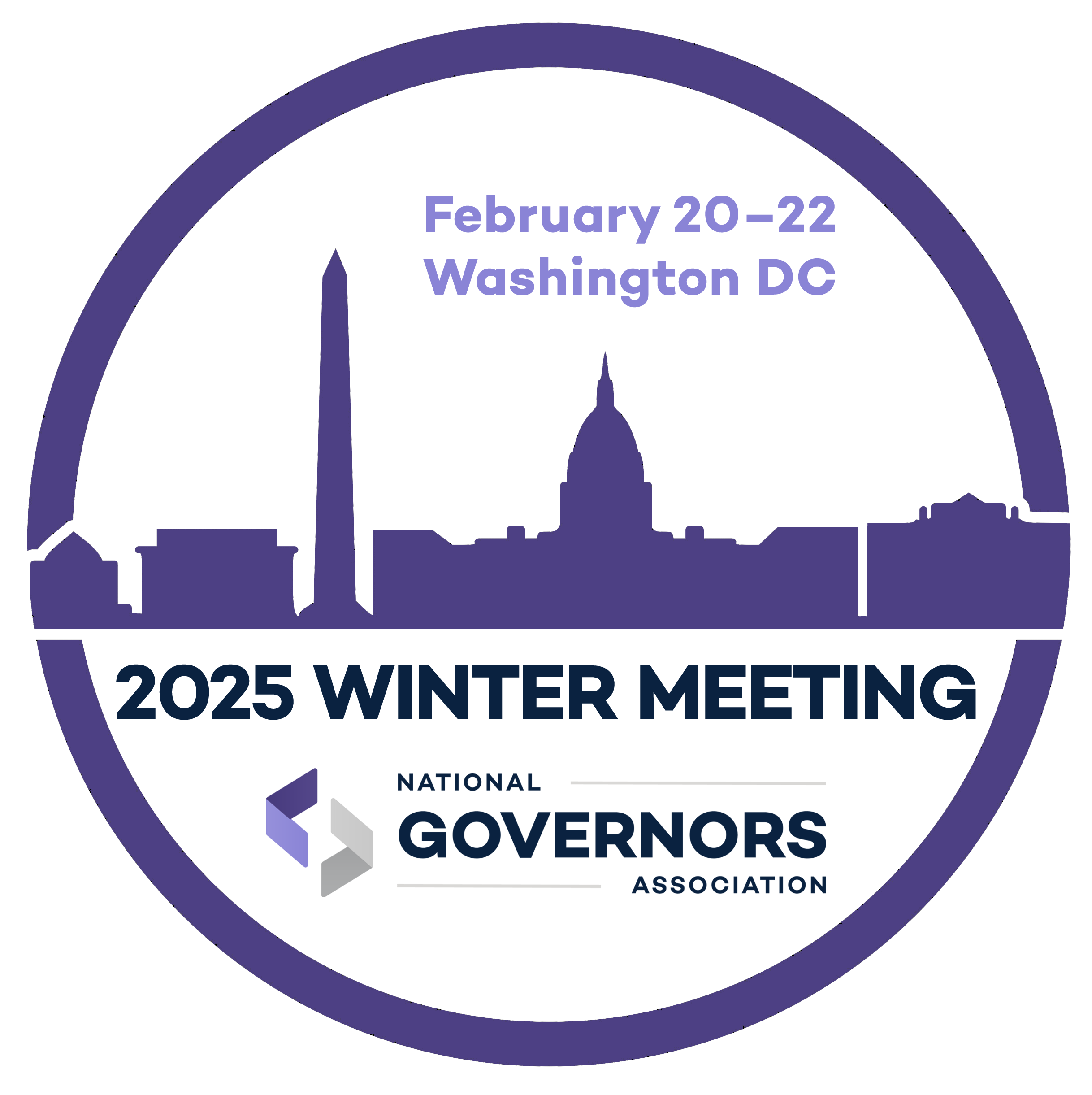With Governors focused on aligning workforce and economic development activities across their states, NGA’s Summer Workforce Symposium brought together state leaders, including North Dakota Governor Doug Burgum, to focus on developing a skilled workforce and expanding economic opportunity. The symposium also marked the launch of NGA’s Workforce Strategic Planning Collaborative, a new joint effort between NGA and the U.S. Department of Labor.
The NGA Center for Best Practices (NGA Center) hosted the Summer Workforce Symposium of the National Association of State Liaisons for Workforce Development Partnerships and the National Association of State Workforce Board Chairs in Fargo, North Dakota, August 8-10.
The symposium brought together state workforce development leaders representing more than two dozen states. These leaders carry out their Governor’s vision for workforce development policy, strategic investment, and the administration and oversight of federal and state workforce programs. Symposium programming offered participants opportunities to share challenges and best practices with one another and engage in solutions-oriented dialogue with subject matter experts, business and nonprofit partners, and policymakers across all levels of government.

North Dakota Governor Doug Burgum took part in the event, welcoming attendees and participating in a fireside chat held at the Microsoft Fargo campus and moderated by Tim Blute, director of the NGA Center for Best Practices. Governor Burgum discussed several major workforce-related bills he signed last spring, highlighting how the state’s workforce initiatives have drawn representation from the state and local government, the private sector, labor, as well as K-12, higher, and career and technical education.
Governor Burgum shared, “The beautiful thing in our state is that we actually get all the people around the table, and they all row in the same direction.”
Governor Burgum also discussed the impact of artificial intelligence (AI) on the economy, saying productivity gains from AI could become a competitive advantage for the United States. The Governor emphasized the importance of equipping K-12 students with technology skills to set them up for success in the workforce, noting that North Dakota is the first state in the nation to approve legislation requiring cybersecurity education.
Other topics discussed during the symposium included:
- workforce development systems governance,
- youth employment and career preparation,
- the economic landscape,
- artificial intelligence and the future of work,
- State Workforce Development Boards driving system performance,
- workforce partnerships to serve Tribal communities and
- the Workforce Innovation and Opportunity Act.
During the Symposium, the NGA Center launched the Workforce Strategic Planning Collaborative. This new joint effort between the NGA Center and the U.S. Department of Labor will provide technical support to Governors as they develop their strategic vision to maximize the impact of new federal investments for their state’s workforce, namely the Infrastructure Investment and Jobs Act (IIJA), CHIPS and Science Act (CHIPS), and Inflation Reduction Act (IRA).
The meeting included a site visit to Cardinal IG Company, a glass manufacturer in Fargo. The company is known across the state for hiring, training and promoting success among New American populations. In addition to touring the manufacturing facility, attendees took part in a
discussion regarding Cardinal’s onboarding, training and upskilling techniques.
The symposium featured several panel discussions and remarks from experts from across the country. Featured speakers included:
- Anthony Bauer, Economic and Workforce Development Specialist, North Dakota Indian Affairs Commission
- Nova Gattman, Deputy Executive Director, Washington Workforce Training and Education Coordinating Board
- Mike Hanson, Director, North Valley Career and Technology Center
- Robert Harber, Rockies Area VP, Halliburton
- Katie Ralston Howe, Workforce Division Director, North Dakota Department of Commerce
- Melana Howe, Grant Project Manager, Lake Region State College
- Anne Mersereau, Vice President of Human Resources, Diversity, Equity & Inclusion, Portland General Electric; Chair, Oregon Workforce and Talent Development Board
- Chet Mottershead, Assistant Secretary, Division of Workforce Solutions, North Carolina Department of Commerce
- Trae Rahill, Chief Executive Officer, Oklahoma Employment Security Commission
- Bharani Rajakumar, Founder & CEO of Transfr
- Julio Rodriguez, Deputy Director, Office of Employment and Training, Illinois Department of Commerce and Economic Opportunity
- Lenita Jacobs-Simmons, Deputy Assistant Secretary, Employment and Training Administration, U.S. Department of Labor
- Joel Simon, Vice President, Strategy and Growth, Lightcast
- Taya Spelhaug, TechSpark Manager, Microsoft
In 2021, North Dakota was one of six states selected for the second phase of NGA’s Workforce Innovation Network (NGA WIN), in which states worked to develop innovative, long-term plans to close digital skills gaps, meet employers’ talent needs and develop a workforce that is more resilient in the face of digital transformation. Hawai‘i, North Carolina, Oklahoma, Pennsylvania and Rhode Island were the other five states selected for the second phase of the project. Each state developed a strategic plan to increase digital skills attainment in alignment with their Governor’s workforce and economic development goals. NGA released a brief detailing lessons learned and case studies of state innovations achieved during the grant period and a framework for other states to develop their own plan to advance digital skills.
NGA’s Workforce Development and Economic Policy page provides more information about the work NGA and states are doing to align workforce and economic development activities across their states.













